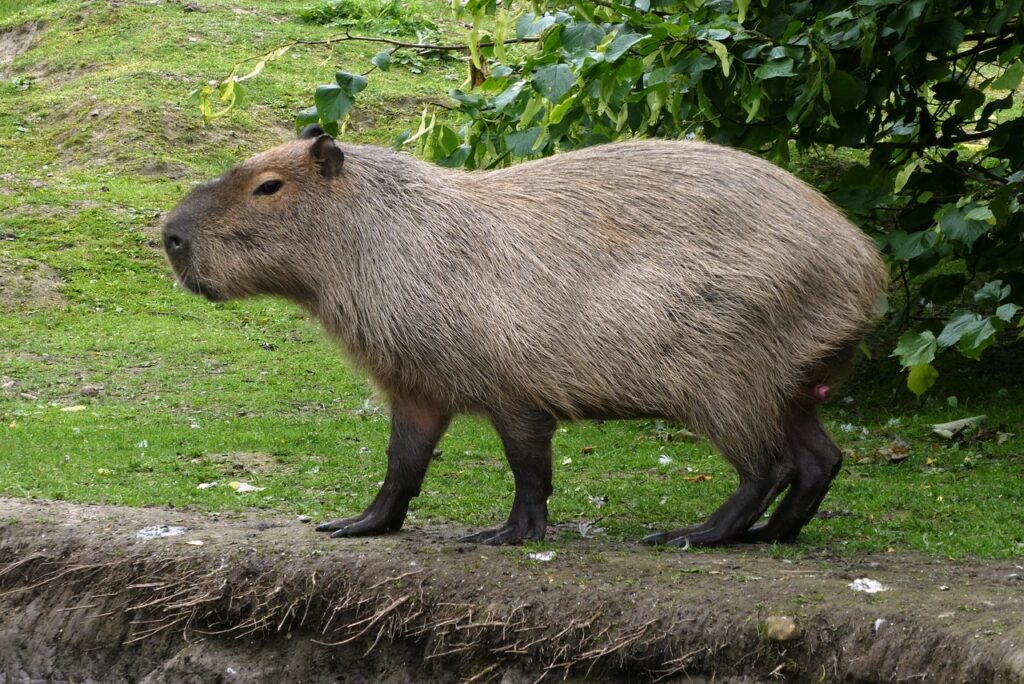Crazy for Capybaras: 20 Must-Know Fun Facts!
6 Capybaras thrive in social settings, typically forming groups ranging from ten to twenty individuals, though occasionally congregations of up to a hundred are observed.
7 Their name derives from the Tupi people of Brazil, who referred to them as ka’apiûara, signifying “one who eats slender leaves.”
8 Following requests from Venezuelan priests, the Vatican’s declaration in 1784 classified capybaras as fish due to their aquatic habits, permitting consumption during Lent.
9 In various South American countries, such as Brazil, Bolivia, Ecuador, Venezuela, Colombia, and Peru, one can encounter wild populations of greater capybaras.

10 While greater capybaras flourish in their natural habitats, their lesser relatives face threats stemming from extensive hunting and habitat destruction.




